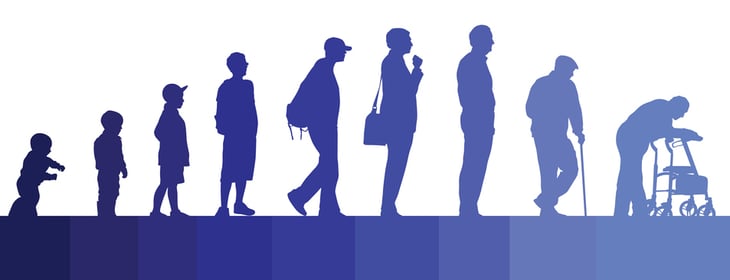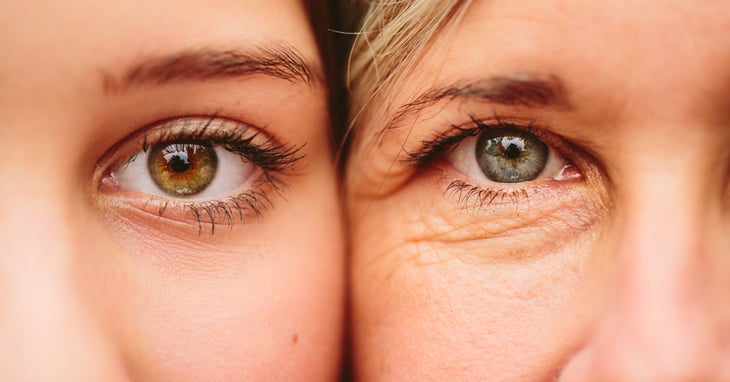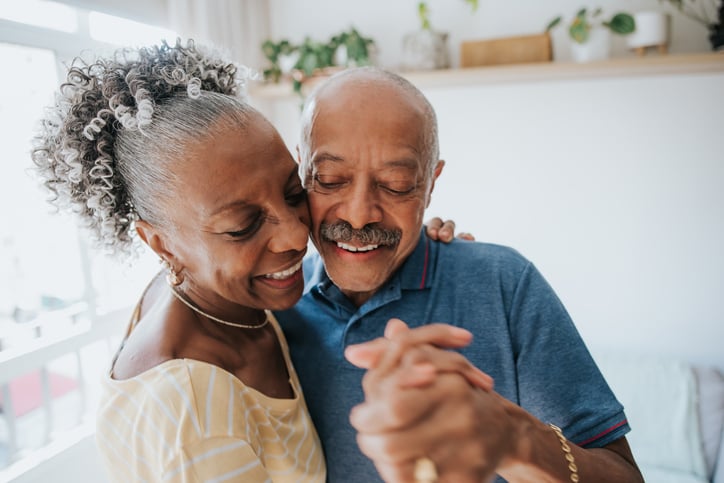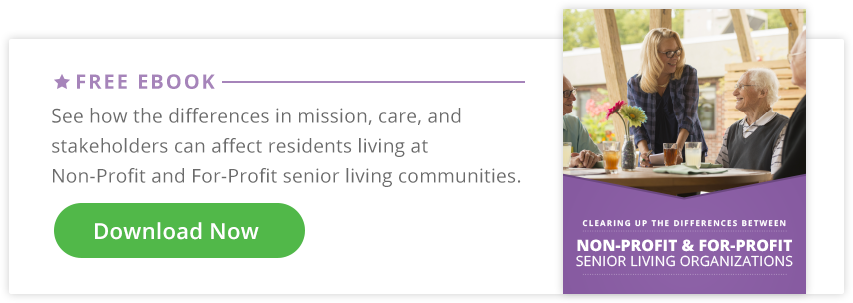
Diversity, Equity, Inclusion and the Importance of Belonging: Ageism
When we think about diversity, we tend to think about it through some aspects of race, culture, gender or sexual orientation. Another part of diversity is looking at age through the lens of inclusion and belonging; how do we address ageism?
What is Ageism?  There are several definitions of ageism; a few are:
There are several definitions of ageism; a few are:
- Ageism refers to the stereotypes (how we think), prejudice (how we feel) and discrimination (how we act) towards others or oneself, based on age. It typically applies to people who are older but can also affect young people. Ageism has a negative impact on physical and mental health.
- Ageism is a systemic form of oppression, but unlike other causes of inequity, such as racism, sexism, or ableism, anyone can experience it. Although it is universal, people do not always take ageism as seriously as other forms of inequity.
As you can see by the definitions provided, ageism affects everyone. It is said that children as young as four years old become aware of their culture’s age stereotypes, and this awareness tends to guide their feelings and behaviors towards people of different ages. This awareness also drives their perception and understanding of themselves as they age, which can result in self-directed ageism at any age.
Ageism can erode solidarity between generations, devalue or limit our ability to benefit from what younger and older populations can contribute, and impact our health, longevity, and well-being while also having far-reaching economic consequences.
There are many ways to categorize ageism. Terms that describe where ageism takes place include:
- Institutional ageism - which occurs when an institution perpetuates ageism through its actions and policies
- Interpersonal ageism - which occurs in social interactions
- Internalized ageism - which is when a person internalizes ageist beliefs and applies them to themselves
Ageism can also vary according to the situation. For example, hostile ageism involves someone having openly aggressive beliefs about age, such as the idea that teenagers are violent or dangerous.
By contrast, benevolent ageism involves patronizing beliefs towards people based on their age, such as the idea that older adults are childlike and require guidance with basic tasks.
Another way to categorize ageism depends on whether a person is conscious of it or not. If they are, this is known as explicit ageism. If they are not aware of it, this is known as implicit ageism. For example, if a doctor unintentionally treats older and younger patients differently, this would be implicit ageism.
Some examples that appear in personal relationships include:
- Treating family members as though they are invisible, unintelligent, or expendable based on their age
- Making ageist jokes that imply someone is less valuable or less worthy of respect, based on their age
- Making offensive generalizations about a specific generation, e.g., that millennials are entitled
- Self-limiting behavior
Did you know that:
Half the world’s population is ageist against older people. In Europe, the only region for which data is available on all age groups, younger people report more age discrimination than other age groups?
So – is there a way that we can combat ageism?
There is evidence that three strategies work in reducing or eliminating ageism: policy and law, educational activities, and intergenerational interventions.
- Policy and law can address discrimination and inequality based on age and protect the human rights of everyone, everywhere.
- Educational activities can enhance empathy, dispel misconceptions about different age groups and reduce prejudice by providing accurate information and counter-stereotypical examples.
- Intergenerational interventions, which bring together people of different generations, can help reduce intergroup prejudice and stereotypes.
On an individual level, what can be done to contribute to these efforts?
- Become aware of ageism: Reflect on how ageism shapes one’s thoughts, feelings, and life experiences.
- Learn about ageism: Learn how ageism affects others by listening to personal stories, reading books, and researching.
- Develop skills: Learn about and practice advocacy skills, such as knowing when to speak up and when to step back.
- Take action: Put this knowledge into practice. Try correcting ageist stereotypes, challenging ageist jokes, or speaking out against ageist discrimination. Remember that this does not involve rescuing people but supporting and advocating for them in situations where they are struggling to be heard.
 Age is a part of life, and what a blessing it is! We all know the saying, “With age comes wisdom.” Have you ever heard the phrase, “I am not a senior – I am seasoned, and everything tastes better with more seasoning!”
Age is a part of life, and what a blessing it is! We all know the saying, “With age comes wisdom.” Have you ever heard the phrase, “I am not a senior – I am seasoned, and everything tastes better with more seasoning!”
However, we also know we have heard sayings that are not as positive when looking at things through the lens of age. We have heard it said when someone forgets something: “They must be having a senior moment” or towards the younger generation, “You know those millennials – they want everything now – they do not want to work hard for anything!”
Ageism is a form of inequity that affects everybody. Through intergenerational understanding and cooperation, we all can be a positive force in looking at age differently.
Every age brings a new perspective that enriches our lives in so many ways. Have you ever walked away from playing with a child, seeing things through their eyes of wonder and delight and feeling hopeful and energized?
Or had an opportunity to speak with someone who has lived a long and full life and come away with a great new perspective or understanding? Let’s try to celebrate all of the “seasonings” that come with every age! 
About Presbyterian Senior Living
As the trusted leader in aging services, Presbyterian Senior Living combines over 97 years of experience with innovative approaches to senior communities and services. Across our 27 communities in PA, MD, OH, and DE, we serve over 6,000 seniors. We are committed to: FOSTERING teamwork and responsibility. UPHOLDING integrity in every action. EMBRACING innovation to create opportunities for everyone’s success. LEADING with compassion and respect.

